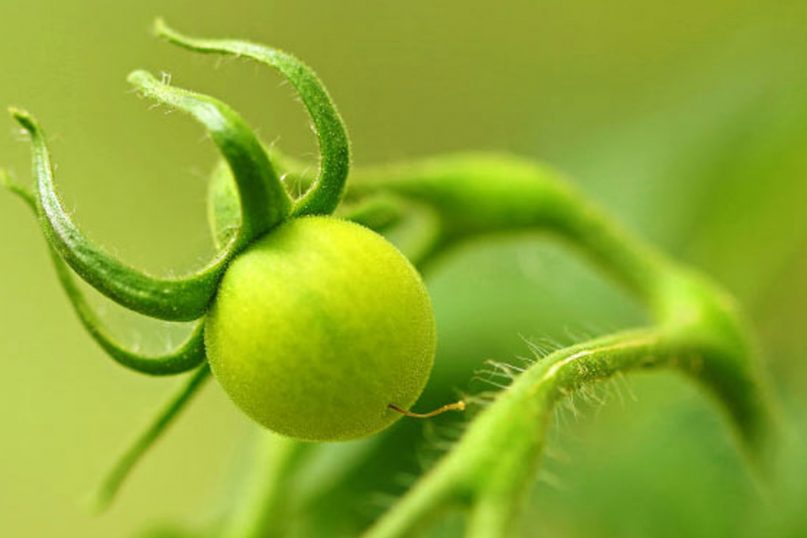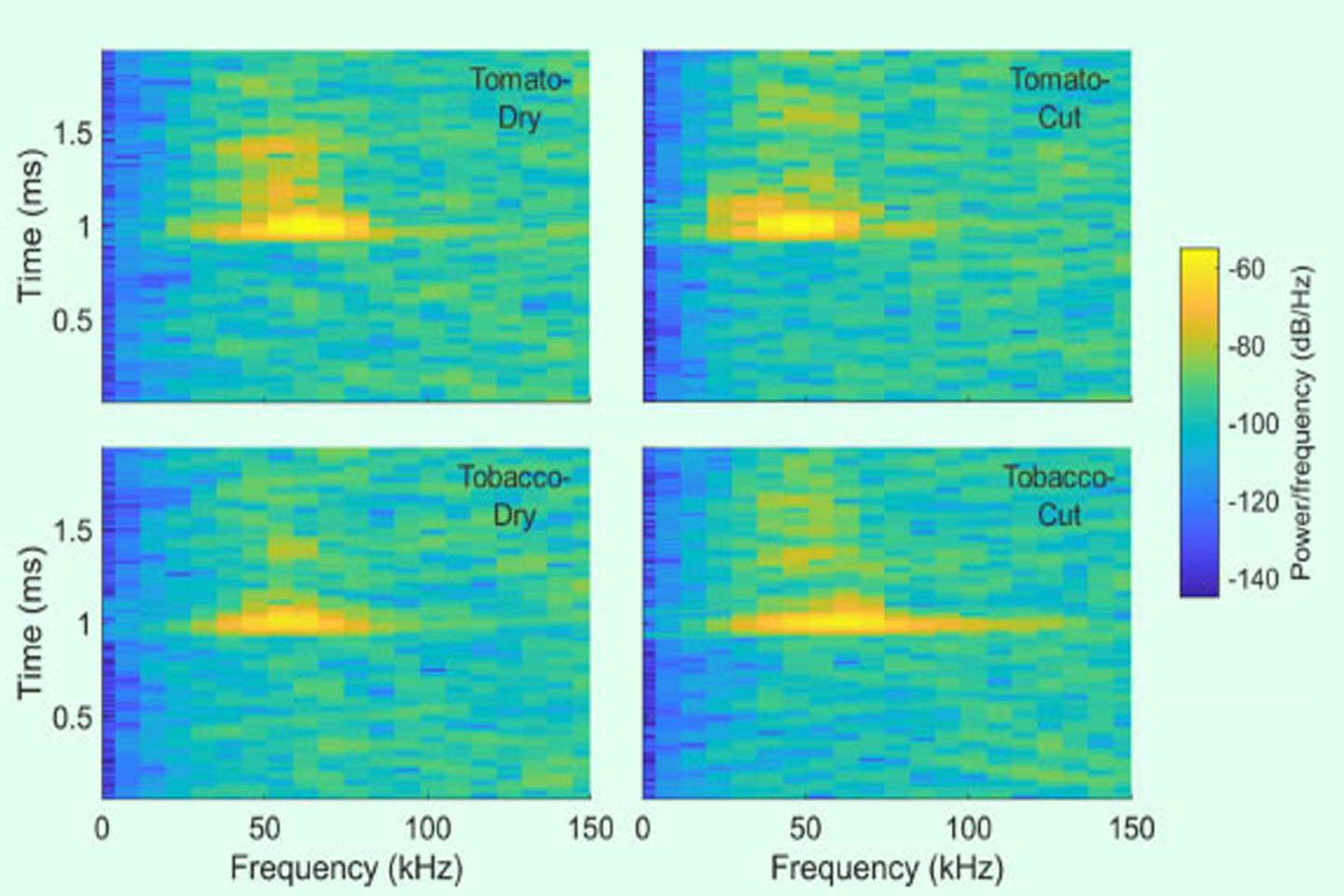
“Plants exhibit significant changes in their phenotypes in response to stress. They differ visually, with respect to both color and shape, from unstressed plants,” said professor Lilach Hadany from the School of Plant Sciences and Food Security at Tel-Aviv University and her colleagues.
“They also emit volatile organic compounds, e.g. when exposed to drought or herbivores. These compounds can also affect neighboring plants, resulting in increased resistance in these plants.”
“Altogether, plants have been demonstrated to produce visual, chemical and tactile cues, which other organisms can sometimes respond to. Nevertheless, the ability of plants to emit airborne sounds has not been sufficiently explored.”
In the study, the researchers set out to examine whether plants produce informative sounds, which may serve as potential signals or cues to their environment.
They constructed a recording system, in which each plant was recorded simultaneously with two microphones, within an acoustically isolated box.
They focused on the ultrasonic sound range (20-150 kHz), where the background noise is weaker.
The team recorded tomato (Solanum lycopersicum) and tobacco (Nicotiana tabacum) plants under different treatments: drought stress, cutting of the stem, and controls.
The number of sounds emitted by drought-stressed plants was about 35 and 11 per hour for tomato and tobacco, respectively, and cut tomato and tobacco plants emitted about 25 and 15 sounds per hour, respectively.
In contrast, the number of sounds emitted by plants from all the control groups was lower than one per hour.
“We show, to our knowledge for the first time, that stressed plants emit airborne sounds that can be recorded remotely, both in acoustic chambers and in greenhouses,” the scientists said.

Spectrograms of sounds emitted by stressed plants. Image credit: Khait et al, doi: 10.1101/507590.
“We recorded 65 dBSPL (dB of sound pressure level) ultrasonic sounds 4 inches (10 cm) from tomato and tobacco plants, implying that these sounds could be detected by some organisms from up to several feet (meters) away.”
Professor Hadany and co-authors also developed machine learning models that were capable of distinguishing between plant sounds and general noises, and identifying the condition of the plants — dry, cut, or intact — based solely on the emitted sounds.
“Our results suggest that animals, humans, and possibly even other plants, could use sounds emitted by a plant to gain information about the plant’s condition,” they said.
“More investigation on plant bioacoustics in general and on sound emission in plants in particular may open new avenues for understanding plants and their interactions with the environment, and it may also have a significant impact on agriculture.”
The researchers posted their findings on the biorXiv.org preprint server.
Source: Sergio Prostak.

































































Comments are closed.